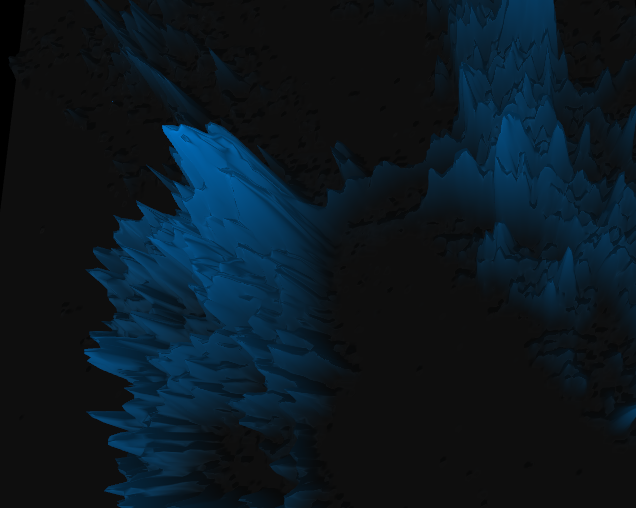
The Topography Of Tweets – Elevation Map Of All Tweets Since 2009
 Does it sound familiar? Correct. Two weeks ago Twitter showed the map showing every geotagged tweet since 2009. This billions of points were enough to map in detail almost every larger city on the planet. It could be considered the XXI century land-use model, mapping roads, cites, rivers, seas etc. But how about tweet density? It is visible in a small-scale but Twitter though about a better way to visualize it – elevation.
Does it sound familiar? Correct. Two weeks ago Twitter showed the map showing every geotagged tweet since 2009. This billions of points were enough to map in detail almost every larger city on the planet. It could be considered the XXI century land-use model, mapping roads, cites, rivers, seas etc. But how about tweet density? It is visible in a small-scale but Twitter though about a better way to visualize it – elevation.
Each ‘mountain range’ below is actually the density of geotagged tweets visualized. When you look closely at the New York maps you will see the Brooklyn and the Queensboro bridge but also some activity on the Staten Island ferry.
Potential of such a data? Cross analysis with census data and retail location could bring geomarketing and location intelligence fields into a new level. Where to locate a new store? How to geographically optimize outdoor advertising campaign? This only the part of the equation… such a data needs to be handled smartly and not revealed to the general public… Why? Imagine one more application: where to plan a terrorist attack to cause the highest damage…
New York
Istanbul
San Francisco
You can play with the visualization of New York, San Francisco and Istanbul here.













